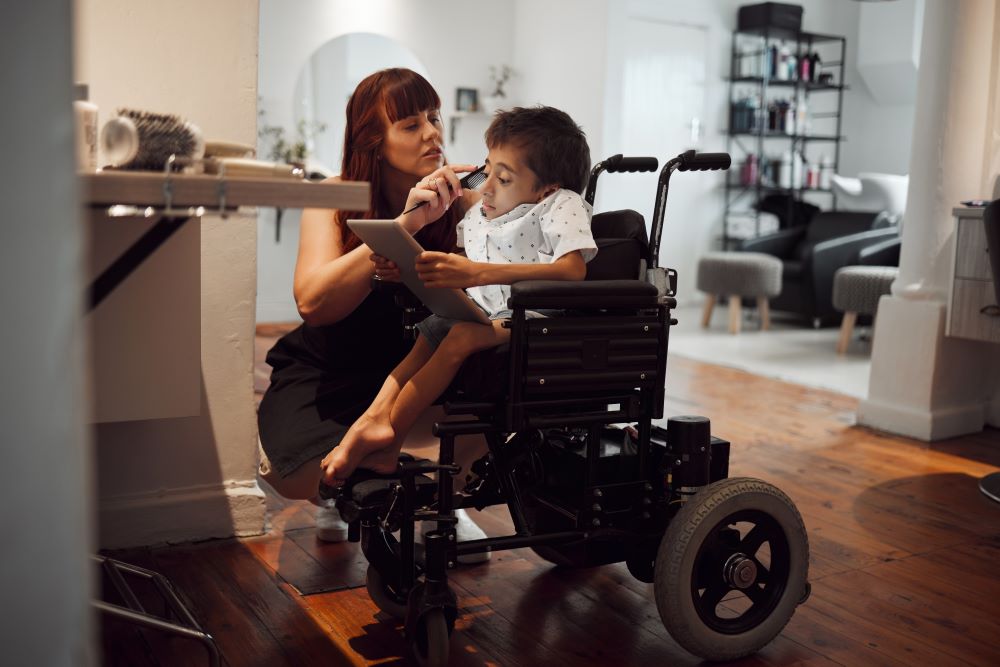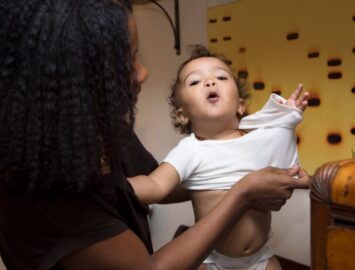Last Updated on November 20, 2024 by Michelle Wan
For families managing the effects of birth injuries, creating a safe and accessible home environment is essential to supporting a child’s development and quality of life. Many birth injuries, such as cerebral palsy or brachial plexus injuries, lead to mobility or sensory challenges that require adjustments to the home. These modifications range from minor adjustments to major renovations, ensuring children have the tools and space they need to thrive.
In this article, we’ll explore common home modifications for birth injuries of children, their costs, and how families can access financial and legal support to implement them.
Why Are Home Modifications Necessary?
Children with birth injuries often face pain and suffering from physical, sensory, or developmental challenges that make standard home layouts unsuitable. Modifications can:
- Improve Accessibility: Ensure children can move freely and safely within their homes, whether they use wheelchairs, walkers, or other mobility aids.
- Enhance Independence: Adaptations like grab bars or lowered countertops allow children to complete tasks independently, boosting their confidence.
- Promote Safety: Prevent accidents and injuries by addressing barriers or hazards in the home.
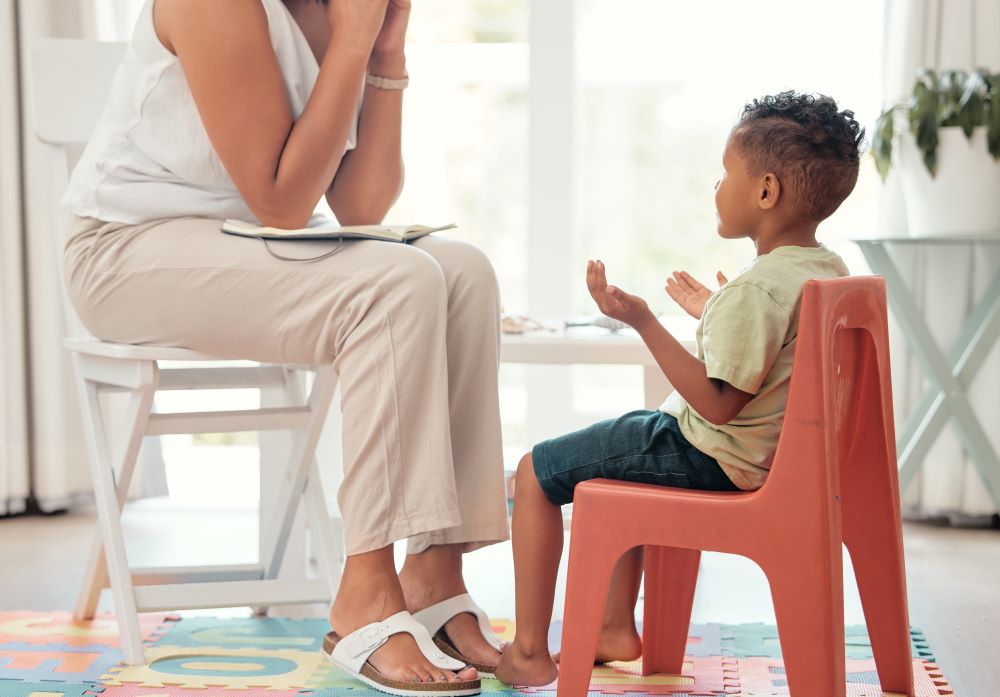
Common Home Modifications for Birth Injuries
Mobility Enhancements
Wheelchair Ramps: Replace stairs at entrances with ramps to ensure smooth access. Ramps typically cost $1,000–$2,500, depending on materials and size.
Stair Lifts: For multi-level homes, stair lifts help children move between floors without assistance. Installation costs range from $3,000 to $5,000.
Widened Doorways: Standard doorways may not accommodate wheelchairs or walkers. Widening doorways costs $300–$800 per door.
Bathroom Modifications
Roll-In Showers: These barrier-free showers accommodate wheelchairs and reduce the risk of falls. Costs start at $6,000.
Grab Bars and Shower Seats: Essential for stability and support, grab bars cost $20–$100 each, while shower seats start at $50.
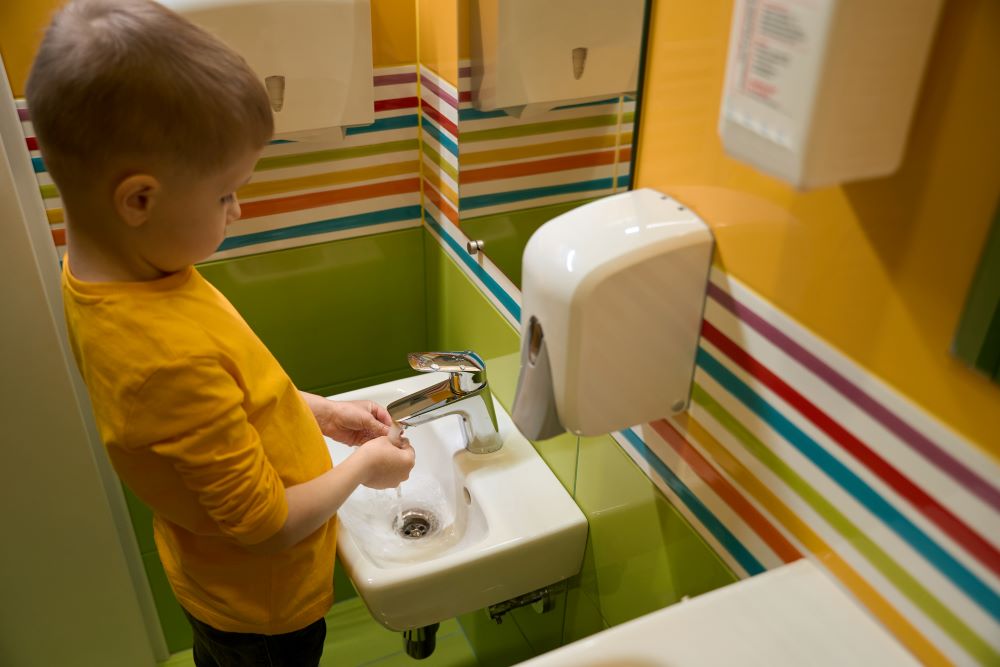
Living Space Adjustments
Non-Slip Flooring: Replacing carpets or slick floors with non-slip materials can prevent accidents. Costs vary, starting at $1,500 for a small area.
Open Floor Plans: Removing obstacles or widening spaces allows for easier navigation with mobility aids.
Height Adjustments: Lowering countertops, adjustable seats, shelves, and switches ensures children can access essential areas independently.
Therapy-Friendly Spaces
Designated Therapy Areas: Allocate a space for at-home therapy sessions, equipped with therapy mats, balance tools, or sensory items.
Sensory Rooms: For children with sensory challenges, a dedicated room with calming lights, textures, and sound systems can help regulate emotions. Costs for sensory rooms vary widely but start at $5,000.
Bedroom Modifications
Adjustable Beds: Beds with adjustable heights or positions help children with mobility issues and ensure caregivers can assist comfortably.
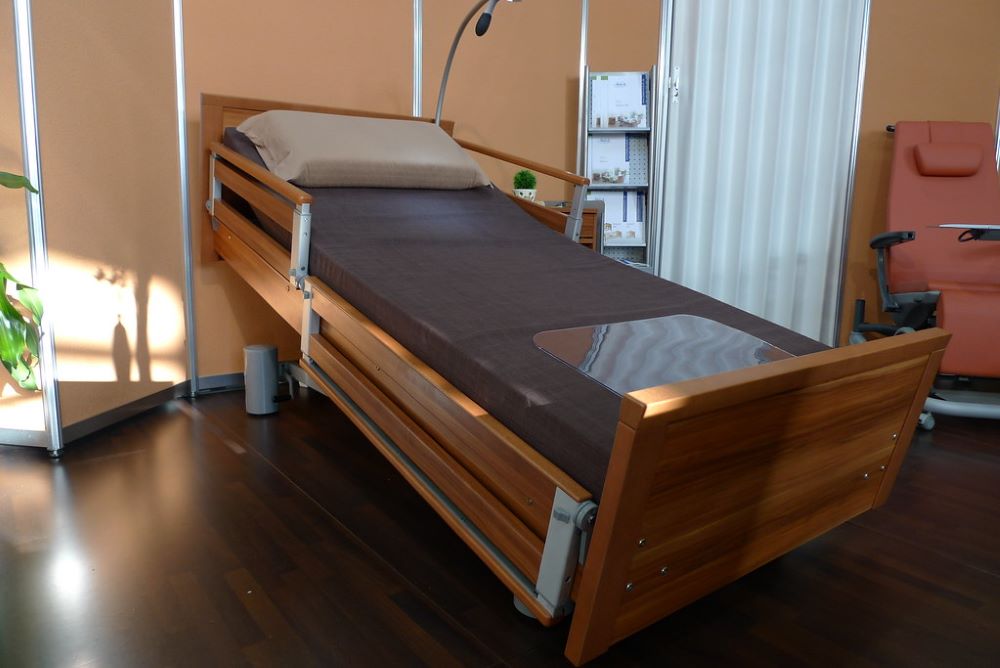
Monitoring Systems: Baby monitors or video systems allow parents to keep an eye on their child, especially if seizures or other health concerns are present.
Costs of Home Modifications
The cost of home modifications for birth injuries depends on the severity of the child’s condition and the scope of the adjustments. Some common price ranges include:
- Minor adjustments (grab bars, small ramps): $500–$2,000
- Moderate modifications (stair lifts, widened doorways): $3,000–$10,000
- Major renovations (bathroom overhauls, open floor plans): $10,000–$50,000
These expenses can feel overwhelming, but financial resources and legal options can help families manage the costs.
Financial Resources for Home Modifications
Government Programs
Medicaid Waivers: Many states offer Medicaid waivers to cover the cost of home modifications for children with disabilities.
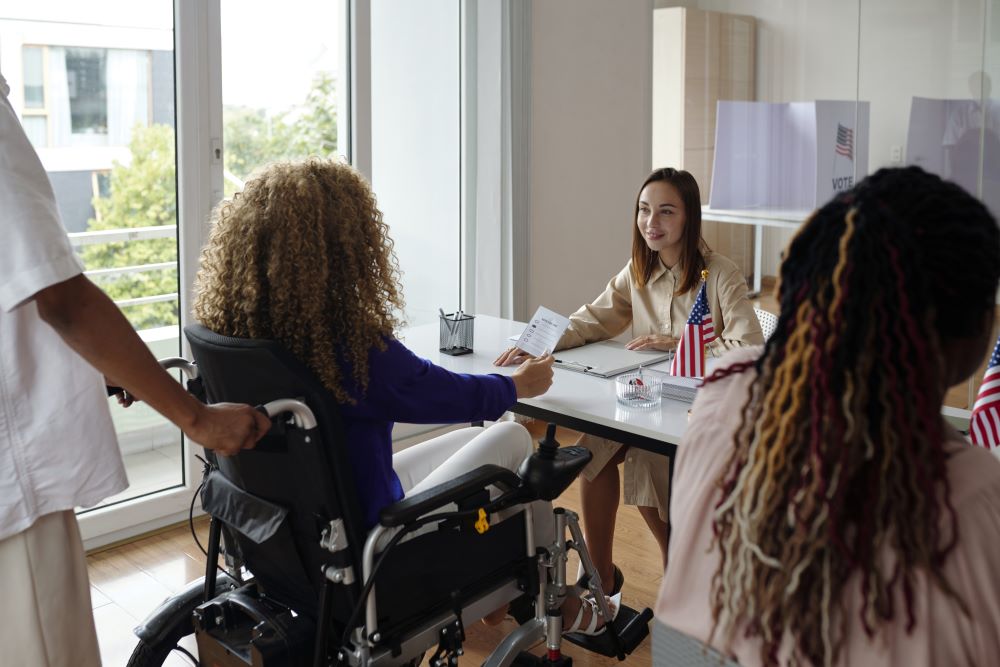
Nonprofits and Grants
Organizations like United Cerebral Palsy (UCP) and Rebuilding Together provide grants or low-cost services for home modifications.
The March of Dimes also offers resources for families managing birth injuries.
Birth Injury Compensation
If your child’s birth injury resulted from medical negligence, compensation from a birth injury claim can cover home modifications, therapy costs, and other medical expenses. Learn more in our guide on How Birth Injury Compensation is Calculated.
Special Needs Trusts
Families can set up special needs trusts to allocate funds for home modifications and other long-term care needs.

How Thomas & Wan LLP Supports Families
At Thomas & Wan LLP, we understand the challenges families face when managing birth injuries. Home modifications are essential for creating a safe and supportive environment for your child, and we’re here to help you secure the resources you need. Our experienced attorneys specialize in birth injury cases, assisting families to pursue compensation to cover the costs of medical care, therapy, and necessary home adaptations.
Home modifications play a crucial role in improving the quality of life for children with birth injuries. Whether it’s installing a wheelchair ramp or creating a therapy-friendly space, these changes help children navigate their world with greater independence and safety. If your child’s birth injury was caused by medical negligence, let us help you seek justice and the funds your family needs to move forward.
Contact us today for a free consultation to discuss your legal options and start building a brighter future for your child.

